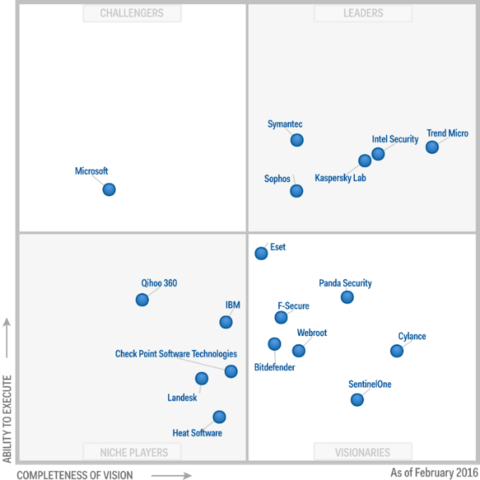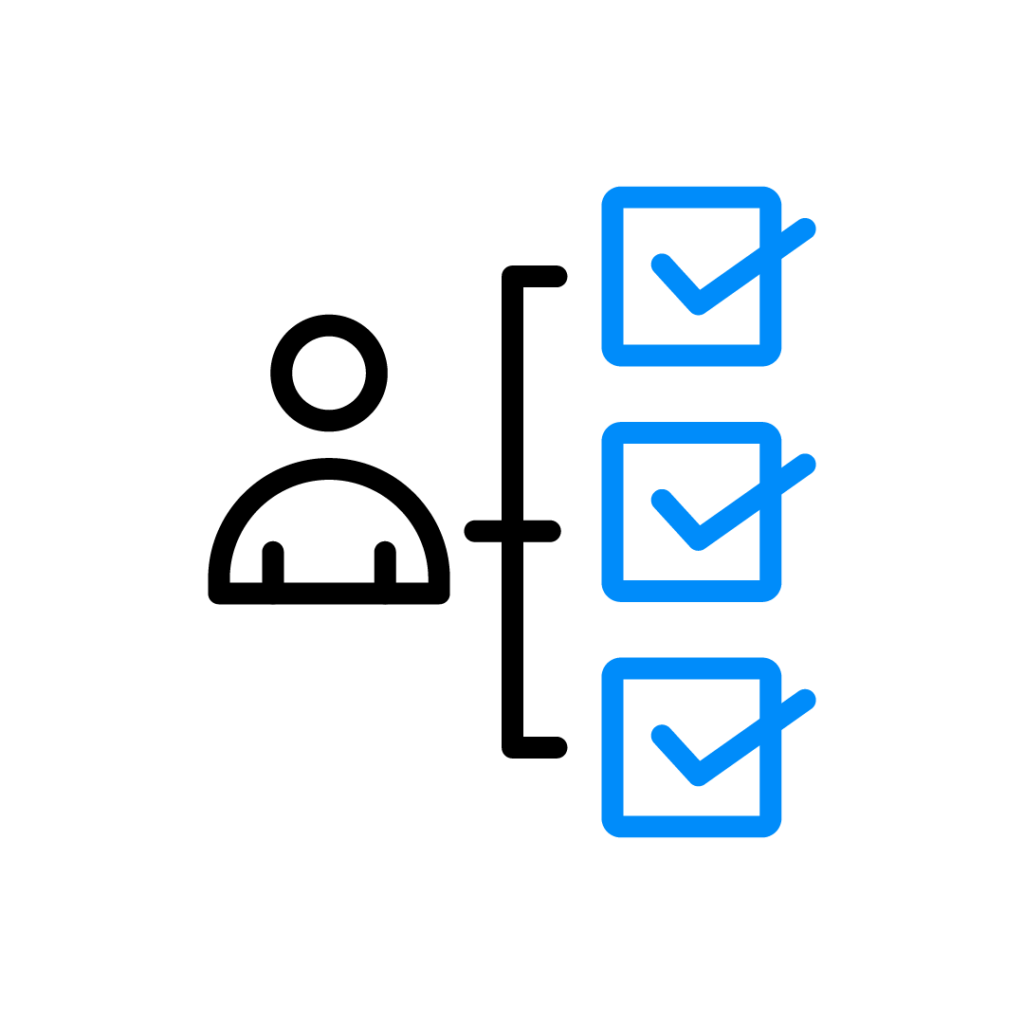One of the questions salespeople might be asking is this: Why do I need to bother with posting and sharing content on social media? Isn’t that the marketing team’s job?
Traditionally, that makes sense. However, modern selling is changing the landscape of prospecting and closing deals.
B2B sellers have to be on social media platforms to connect with their existing customers, build relationships with new people, and establish themselves as authoritative players in their industry.
Regularly sharing relevant content can help them build and maintain rapport with their existing and potential customers and improve their company’s reputation and brand awareness.
Who Needs to Share Social Media Content?
If you have a role in sales enablement, SDR, business operations, VP of sales, or other positions similar to these, you have to share content regularly.
This is especially important if you’re in the B2B sales industry.
LinkedIn and Twitter are two of the essential social platforms for reaching out to prospects and maintaining relationships.
Here’s our COO, Amar Sheth, on why sharing content online is an absolute necessity as a B2B seller:
Why Do You – a Seller – Need to Share Content?
67% of B2B buyers are now visiting LinkedIn profiles
If you aren’t doing it yet, you are likely missing out on opportunities for sales and networking.
By sharing the right type of content and interacting with your audience consistently, you not only craft better awareness for your sales team or company—you are also keeping yourself open whenever new opportunities arise.
Did you know that the “Activity” tab is the fifth most checked-out portion on your LinkedIn profile?
This is the section where you can see what posts you’ve been sharing. It’s better to see that section filled with relevant content than not.
Different types of content can help you resonate with your target audience. Doing social media content work can help you, in the short term, get more clicks to your website, increase brand awareness, and grow your immediate network. And in the long run, it can lead to more sales conversations, deals closed, and the growth of your sales pipeline. You need to keep in mind these reasons whenever you perform social media sharing tasks (looking for content, sharing the content, and scheduling future content).
82% of buyers viewed at least five pieces of content from a winning vendor.
Forrester
95% of buyers chose vendors that provided content that helped guide them through every stage of their buying process.
Demand Gen Report
In addition to opening up opportunities for pipeline growth, there is also the obvious benefit of converting your content to actual sales. Buyers are more likely to purchase from trustworthy and reliable vendors and have established authority in their industry.
What Content Should You Share?
So you’re convinced that sharing content on social media is essential for your sales process. The next thing you need to figure out is which types of content you’re going to share.

It’s generally accepted and commonly done for salespeople to share third-party content.
This reflects content – and information – that you as an individual find interesting. It should also, of course, be relevant to your field and industry. This type of content is something that you should actively seek out and share regularly.
Marketing teams follow a general 80-20 rule in content sharing. This means they share 80% third-party content and 20% promotional or company content. In B2B, however, these ratios can differ depending on how much high-level educational or professional content your company produces.

Sellers, in particular, need to be vigilant about sharing data, products, and even sales pitches. What you need to do instead is to provide content from outside sources regularly. This gives your audiences and target market an idea that you are a hub of information and knowledge and that they can trust you as an authority in your field.
In addition to this, you can list the sources of content where you can get your daily social media shares. Gather the publications and other sources that are relevant to your industry. You can even ask customers directly (i.e., What publications do you read to stay up-to-date for your role and/or industry?).
Your sales team can also work together with your marketing team. Ask the people in charge of marketing and social media for sources and content that you can share on your LinkedIn pages. These people are expected to keep themselves updated with the latest in your industry, so they will be a valuable resource for you.
Sharing relevant curated content lets your audience know that you take time each day to keep up-to-date with news and trends in your industry. It shows you’re looking for the best ways to offer added value to them without a sales agenda each time.
The Takeaway
Almost any sales enablement team will succeed if they make content the foundation of their social selling practices. Having relevant and useful customer-facing content can establish the seller’s authority and improve the level of relationships between them and their customers.
Keep in mind that while content matters, having the correct type of content (in context) matters more. When planning out your sales process, remember that customer-facing content that becomes part of the customer journey can be the secret to success, especially in such a dynamic buyer-driven environment.

















